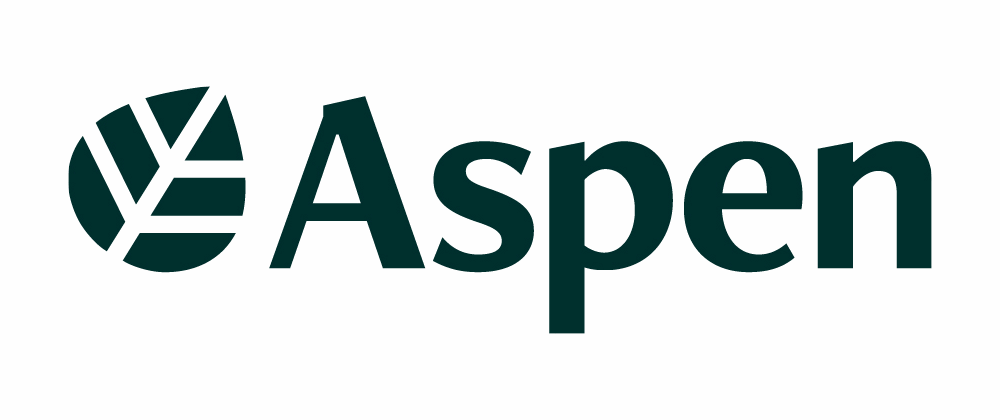Aspen Capital Markets AUM hits $1.5bn, fee income rises 25% to $92m

Aspen Capital Markets, the third-party and alternative reinsurance capital management unit of global re/insurer Aspen, has raised new funds for its third-party capital and insurance-linked securities (ILS) vehicles, taking total assets under management to $1.5 billion at the end of September 2023.
That’s up by 15% since the middle of the year, when Aspen counted $1.3 billion in assets as of July.
The successful increase in assets under management from third-party investors means that the Aspen Capital Markets unit is delivering increased benefits to the insurance and reinsurance groups.
Firstly, the increased AUM means that Aspen is ceding more premiums from its specialty insurance and reinsurance portfolios to third-party investment structures managed by the Aspen Capital Markets team. This helps the company both increase its relevance to clients and manage its PMLs more effectively.
Secondly, higher AUM also means more fee income can be earned and Aspen is starting to see significant benefits from this as well.
This morning, Aspen reported its third-quarter results and Mark Cloutier, Executive Chairman and Group Chief Executive Officer, said that the company’s results benefitted from “increased Aspen Capital Markets fee income.”
The continued growth in capital sources for the Aspen Capital Markets strategies, in reaching $1.5 billion, has helped to drive fee income 25% higher to $92 million by the end of September, the company said.
Aspen’s third-party capital fee income was running at $61 million after the first-half of this year.
In the Aspen insurance business segment, the company said that during the third-quarter, “Increased cessions to Aspen Capital Markets resulted in increased fee income which, combined with the exiting of programs with higher acquisition cost ratios, contributed to the 3.1 percentage point reduction of the insurance segment’s acquisition cost ratio to 10.7%.”
For the first-nine months of 2023, the company saw the insurance acquisition cost ratio decline by 1.4 percentage points, again helped by more risk having been ceded to third-party capital providers.
In the Aspen reinsurance business segment, third-party capital has also made a difference.
The company said that, “Net catastrophe exposure have been further reduced through increased cessions to Aspen Capital Markets on our property reinsurance lines, with premiums ceded to reinsurers as a percentage of gross written premium in the period, increasing to 30% compared with 22% in the prior period.”
By sharing both insurance and reinsurance risks with investors and having a focus on doing so in catastrophe and other lines, including casualty, Aspen is experiencing significant benefits and generating efficiencies within its business.
The fee income Aspen is earning, at $92 million to the end of September, has become a significant contributor to its results, given total net income for the nine-months was $305 million.
Reflecting the importance of the Aspen Capital Markets operation to the company and the effective way it has integrated risk sharing with third-party investors into its business model.
Aspen Capital Markets is just one of the dedicated insurance-linked securities (ILS) fund managers, and reinsurers offering ILS-style investment opportunities, listed in our Insurance-Linked Securities Investment Managers & Funds Directory.






